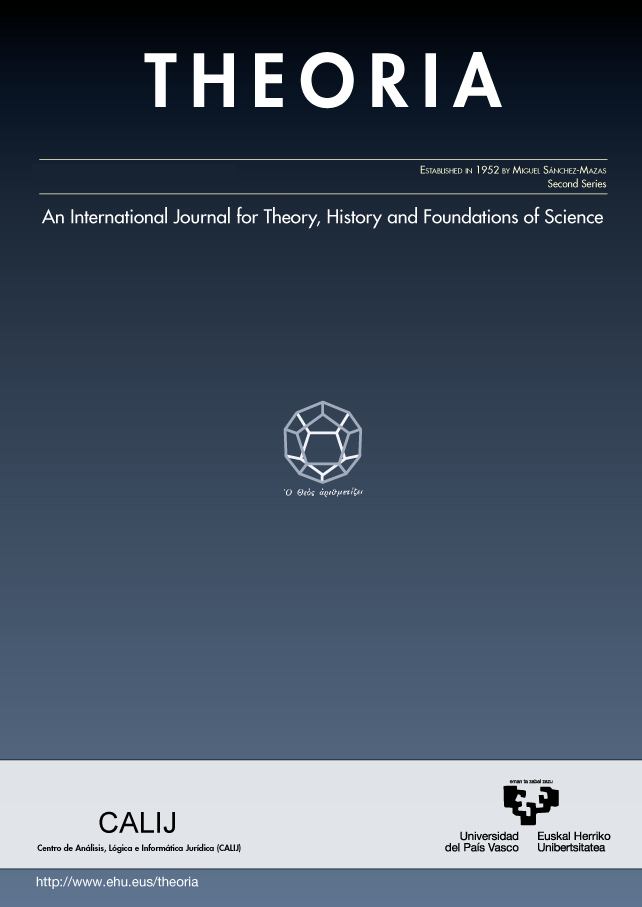Kripke’s Gödel case: Descriptive ambiguity and its experimental interpretation
##plugins.themes.bootstrap3.article.main##
##plugins.themes.bootstrap3.article.sidebar##
Published
04-12-2022
Chao Ding
Chuang Liu
Abstract
Kripke has taken the Gödel case as a counterexample for reference descriptivism. Machery et al. question the validity of Kripke’s case and had conducted empirical studies to show its inadequacy. Experimental data suggest intuitions on this matter vary both across and within cultures. However, there is a descriptive ambiguity, we argue, in Kripke’s Gödel case, for people associate different types of descriptions with proper names, such as the description of brute facts and the description of social facts. We argue in this paper with experimental data that the descriptive ambiguity exists and affects the actual ratio of Kripkeans in reference. This result flaws Machery et al.’s interpretation on empirical research, but does not challenge their claim on cross-cultural divergence. In fact, there are more East Asian descriptivists than Machery et al. expected.
How to Cite
Ding, C., & Liu, C. (2022). Kripke’s Gödel case: Descriptive ambiguity and its experimental interpretation. THEORIA. An International Journal for Theory, History and Foundations of Science, 37(3), 291–308. https://doi.org/10.1387/theoria.23375
##plugins.themes.bootstrap3.article.details##
Keywords
Semantic intuitions, Proper names, Reference, Institutional fact, Gödel case, Kripke
Issue
Section
ARTICLES

This work is licensed under a Creative Commons Attribution-NonCommercial-NoDerivatives 4.0 International License.
Authors retain copyright and grant the journal right of first publication with the work simultaneously licensed under a Creative Commons License.

